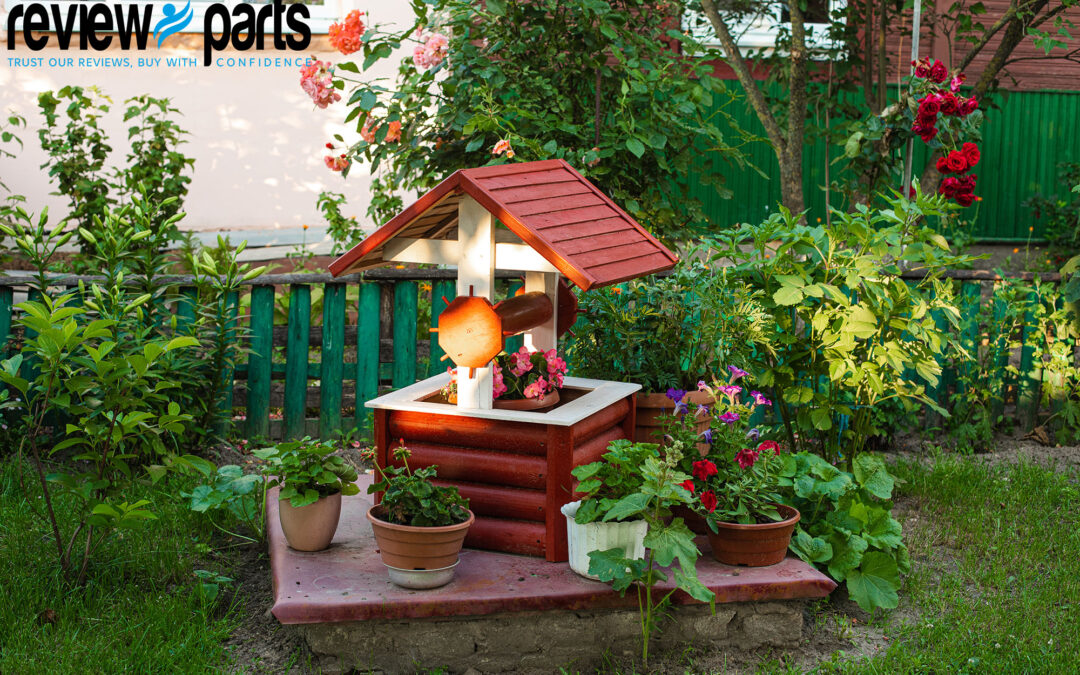Vegetables bought from the market are most likely to be ‘poisonous’. The use of fertilizers and pesticides is also a cause. Therefore, organically grown vegetables in backyard gardens produce toxic-free produce. Also, there will be no need to buy vegetables from the market at high prices. Household expenses will save a lot. Vegetables can be marketed by meeting the needs of the family in the market.
Plant some vegetable plants next to the backyard, and you can eat tomatoes, cucumbers, and other vegetables whenever needed. How do you feel? I hope you all have a good feeling because the vegetables you are growing are making up for some of your vegetable shortages.
Also, you’re getting another gift, which means nature is on your side. If you are a seasoned gardener or just beginning vegetable gardening, this article will provide step-by-step instructions on how to start a vegetable garden in your backyard.
Pick a Perfect Location
If you want a thriving vegetable garden, you need to focus on finding the perfect location. Sunlight plays an important role in vegetable gardens; select an area that receives six to eight hours of sunlight daily. Ensure that your soil is well-drained and rich in organic matter. You must also focus on the water access suit for your location.
Start Small Garden
If you are a beginner at gardening, then we suggest starting a small garden. Start to focus, and learn vegetable gardening ideas to help get proper vegetables, and you could have survived the failure. Most people who start out with big gardens end up failing. That’s why you should start with a small garden and work your way up to a big one.
Test on your Soil
Soil is a very important element for starting your vegetable garden. Healthy soil can be a success for your gardening career. Soil can be a successor or a destroyer. Try to catch up best soil for vegetables includes compost and organic matter and is stone free. “Use a mixture of soil, compost, and cocopeat. Cocoa peat, or dried coconut husks, helps retain water for longer periods and also regulates soil temperature. For a vegetable garden, you want the soil to be loose and well-extracted. You can share extra fertilizer to boost your vegetable garden.
Choose your Vegetables
Once you find a good location with perfect soil, you can now focus on choosing your vegetables. Consider a vegetable for you and your family to enjoy eating, as well as a climate and nature. If you are a beginner, try to focus on familiar vegetables like tomatoes, lettuce, carrots, and beans. Opt for a mix of cool-season and warm-season crops that maximize your productivity.
Clear and weedy
The last task before sowing the seeds in the field is to clear the weeds. Trash, garbage, bricks, or large stones must be removed from your garden. And the soil must be cleaned of weeds, mainly immortal weeds that must be completely removed because of their regrowth.
Start seeds
After completing this task, go to seeding. If you start indoor seeding, it will help with control and variety. Follow the instructions on the seed packet or ask your local farmer to help you. There are many ways to plant seeds, but if you want to get vegetables faster, are you better off with direct seeding? Yes, of course. But there are advantages and disadvantages. If you want to get early crops, you should seed into the soil; there is no other option or way.
Plant and Maintenance
First, one by one, rows of holes should be made for the seed house. Then follow the space recommendation for the plant label. Then the seeds should be buried in the ground and covered with soil. Proper water access will get you proper vegetables. Regularly monitor and control your garden’s nutrients and vegetables. Watering and removing pests and weeds are the main maintenance tasks for your garden. Consider using good fertilizer to nourish your plants.
Harvest your Crops
If you find your vegetables are mature, then harvest them if needed. But some vegetables take a long time to mature, like carrots and radishes. Follow the specific rules for different types of vegetables. Rainy areas and some other environmental facts can destroy your harvest. So focus on your plant to get a good harvest. Now it’s time to enjoy your vegetables with your family, labor, and neighbors.
No matter how you start gardening, we wish you a very successful career in vegetable gardening. A lot of patience, hard work, maintenance, and experimentation can make a successor. So do you want to start vegetable gardening? Write about your experience in the comment section.

